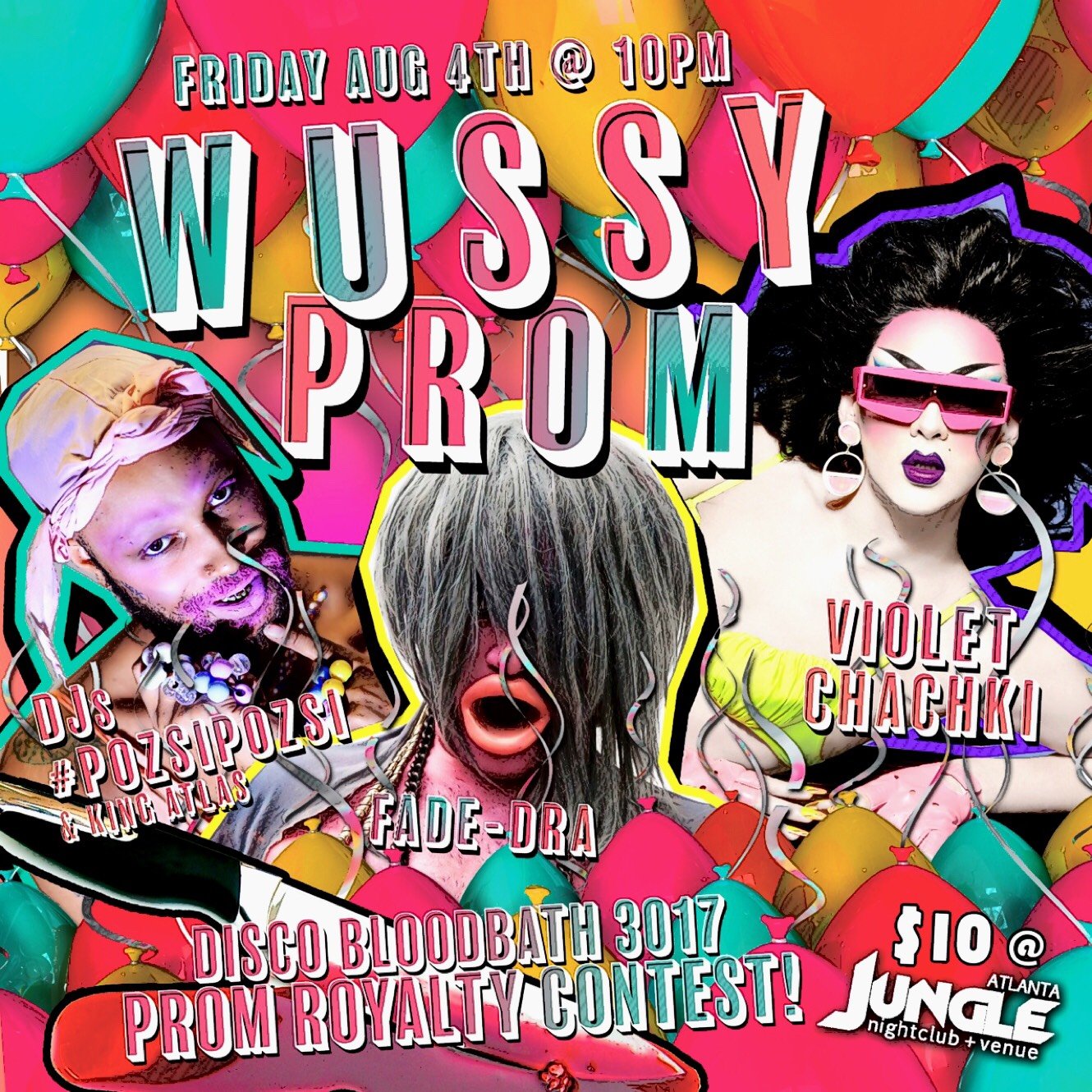Acid House, Androgyny, and the Cult of the Club Kids
Drag evolution is difficult to trace, but there was a turning point when the art of drag became less traditional and more confrontational. Perhaps the advent of Divine, collaborating under visionary John Water’s B-movie punk paradisco, paved the way for an aggressive approach not confined to kitsch or camp, glamour or comedy. Embracing filth, Divine and Co. as a freak scene pushed limits and defied convention with their clownish garrish filth and wild parties, perhaps proto-club kids in their own weird way.
Though hints and homages to Hollywood and Broadway will never die, queer culture’s dramatic entrance into the mainstream during the dirty drug-fueled late 70’s allowed for further exploration. NYC’s visual and performance art, a la Andy Warhol and trans icons like Candy Darling, revealed the possibilities of a queer art spacescapes many were eager to orbit into. Gay culture’s departure from disco, and even away from punk, also distanced it from the previous oversimplified ideologies of gender expressions.
Queue New Wave. Blurring binaries and drenched in fantasy, New Wave as one of the first golden eras of a more feminine-leaning androgyny found presentation-exploration widely accepted in popular culture (hi Boy George, miss you Prince). What moonlighted to conservatives as “gay” or “drag” was no longer confined to old terms, swiftly reinvented in an anything goes clusterfuck of synth and flashy clothing. Even the straights were breaking the mold ie macho metal bands with lipstick and teased hair throughout the 1980’s.
New Romantics, like the glam rock era before, worked hard at their outfits, their entrance, indulged drama and most certainly drugs. By the mid-80s, Europe had a strong acid house scene, which provided a proper meeting ground for gay nightlife. In many ways acid house helped to create homonormative culture by borrowing street fashion, adhering to the recognizable smiley face logos, fresh faced fun for the current hookup culture. As the name describes, being a subset of house music made it accessible. Major European and American cities replicated elements of fashion and sound inspired by acid house to make popular hits. More importantly, acid house would support the development of rave culture.
Over the great big puddle—aka the Atlantic—New York City was developing its own version, welcome if not built by queers and fueled by drugs. “Club kids” weren’t confined to traditional venues like the famous Belgian acid house venues. Hosting “outlaw parties” (as recounted in this Village Voice article), club kids were known for bringing elaborate conceptual looks to random pop-up locations. Relying on and competing with outrageous outfits, there is no denying that club kids consequently altered queer dance culture permanently.
Promoter and murderer Michael Alig and best frienemy James St. James (who penned Disco Bloodbath, turned into the film Party Monster) essentially created their own fame. Central in the late ‘80s club culture their intense dedication to creating the most outrageous looks bent rules and reinvented what previously was only grazed upon by drag. With vagabond abilities to tie together the alien and absurd, Nelson Sullivan documented many of the club kids adventures in the late ‘80s and early ‘90s before the shit hit the fan. Leigh Bowery raised making looks to a form of art and Amanda Lepore’s socialite style surrounded herself with rising underground fashion and club scenes even today.
Of course, club kids in general grew and grew, through many different musical styles from trip hop to electroclash. Club kids change with electronica’s ever evolving sub-genres and junk culture fashionista creations, but have always created a haven for queers. Eventually mainstream drag culture would incorporate stylings forefronted by individuals like Thorgy Thor, Violet Chachki, Shea Coulee, Sasha Velour, Milk, and more.
WUSSY Prom this 2017 will honor the extra(terrestrial) with celebration of club kid, tranimal and acid house creations (though feel free to arrive in traditional prom attire). Hosted by Violet Chachki and tranimal icon Fade-Dra Phey, the party starts at 10pm at Jungle.
Click below for tickets.
Archive
- February 2025
- November 2024
- October 2024
- September 2024
- August 2024
- July 2024
- June 2024
- May 2024
- April 2024
- October 2023
- July 2023
- June 2023
- May 2023
- April 2023
- March 2023
- February 2023
- June 2022
- April 2022
- March 2022
- January 2022
- December 2021
- October 2021
- September 2021
- August 2021
- July 2021
- June 2021
- May 2021
- April 2021
- March 2021
- February 2021
- January 2021
- December 2020
- October 2020
- September 2020
- August 2020
- July 2020
- June 2020
- May 2020
- April 2020
- March 2020
- February 2020
- January 2020
- December 2019
- November 2019
- October 2019
- September 2019
- August 2019
- July 2019
- June 2019
- May 2019
- April 2019
- March 2019
- February 2019
- January 2019
- December 2018
- November 2018
- October 2018
- September 2018
- August 2018
- July 2018
- June 2018
- May 2018
- April 2018
- March 2018
- February 2018
- January 2018
- December 2017
- November 2017
- October 2017
- September 2017
- August 2017
- July 2017
- June 2017
- May 2017
- April 2017
- March 2017
- February 2017
- January 2017
- December 2015
- November 2015
- October 2015
- September 2015
- August 2015
- July 2015
- June 2015
- May 2015
- April 2015












